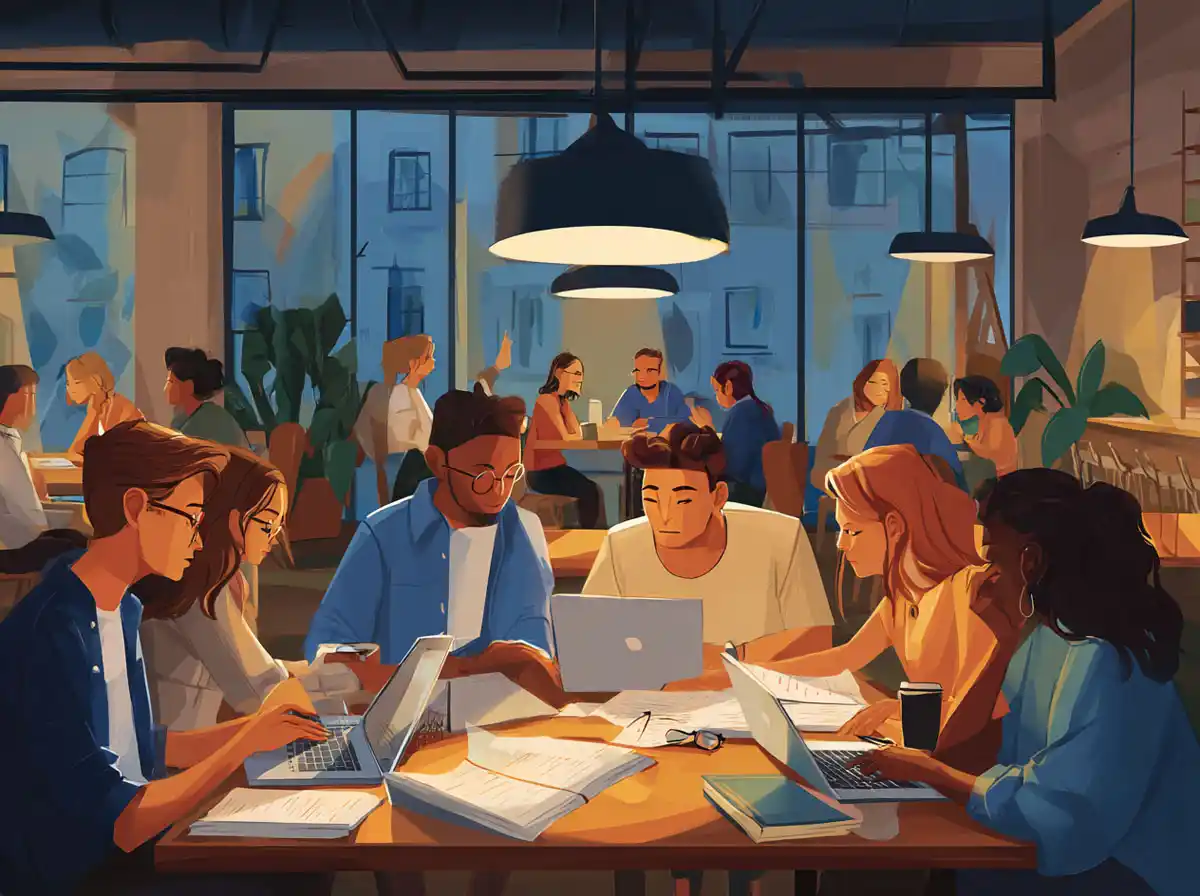Number of Urdu Speakers
Urdu is spoken by an estimated 70 million people as their first language. When you include those who speak it as a second language, the number rises dramatically to around 230 million speakers worldwide. This makes Urdu one of the most spoken languages globally, holding a significant position among the world’s major languages.
Native Speakers
The majority of native Urdu speakers are found in South Asia, particularly in Pakistan and India. In Pakistan, Urdu serves as the national language and lingua franca, despite the fact that it is not the native language of the majority. Here, it is spoken natively by around 16 million people. In India, Urdu is one of the 22 scheduled languages and is spoken as a first language by approximately 50 million people, mostly in states like Uttar Pradesh, Bihar, Telangana, and West Bengal.
Second-Language Speakers
The number of second-language speakers of Urdu is significantly higher, contributing to its widespread use in various regions. In Pakistan, nearly the entire population of over 220 million people can speak and understand Urdu, as it is the medium of instruction in schools and is used in government, media, and business. In India, millions of people speak Urdu as a second language due to its cultural and historical influence, especially in the fields of literature, cinema, and music.
Geographical Distribution
Urdu is not confined to the borders of Pakistan and India. It has a notable presence in several other countries, owing to migration, historical ties, and cultural exchange.
South Asia
In South Asia, apart from Pakistan and India, Urdu is also spoken in Nepal and Bangladesh. In Bangladesh, although the number of Urdu speakers is relatively small, the language holds historical significance due to the shared cultural and historical heritage during the British colonial period and the early years of Pakistan.
Middle East
The Middle East has a considerable number of Urdu speakers, primarily due to the large expatriate communities from Pakistan and India. Countries like Saudi Arabia, the United Arab Emirates, Oman, and Qatar have significant Urdu-speaking populations. In these countries, Urdu is often used in the workplace, marketplaces, and social settings, making it an important language for communication among South Asian expatriates.
Western Countries
Urdu has also found its way to various Western countries through immigration. The United Kingdom, the United States, Canada, and Australia have sizable Urdu-speaking communities. In the UK, for instance, Urdu is the fourth most spoken language, with over 400,000 speakers. In the United States, Urdu speakers are concentrated in major cities like New York, Chicago, and Houston.
Cultural Significance of Urdu
Urdu is more than just a language; it is a repository of a rich cultural heritage. It has a profound influence on South Asian culture, especially in the realms of literature, poetry, and cinema.
Literature and Poetry
Urdu literature and poetry are celebrated worldwide for their depth and beauty. Renowned poets like Mirza Ghalib, Allama Iqbal, and Faiz Ahmed Faiz have left an indelible mark on the literary world. Urdu poetry, known for its expressive and evocative nature, often explores themes of love, loss, and human experience, resonating deeply with readers.
Cinema and Music
The influence of Urdu extends to cinema and music, particularly in Bollywood, the Indian film industry. Many classic Bollywood songs and dialogues are in Urdu, contributing to the language’s popularity and appeal. The lyrical quality of Urdu makes it a preferred choice for songwriters and filmmakers aiming to evoke emotion and connect with audiences.
Media and Communication
Urdu plays a crucial role in media and communication in Pakistan and India. Numerous newspapers, television channels, and radio stations broadcast in Urdu, making it an essential medium for news and entertainment. Urdu’s widespread use in media helps maintain its relevance and keeps it accessible to new generations of speakers.
Learning Urdu
Given its cultural richness and widespread use, learning Urdu can be a rewarding experience. Whether you’re interested in exploring South Asian culture, literature, or simply want to communicate with Urdu-speaking communities, there are various resources available to help you learn the language.
Language Courses
Many universities and language institutes offer courses in Urdu. These courses often cover the basics of grammar, vocabulary, and conversation, providing a solid foundation for further study. Online platforms like Duolingo, Rosetta Stone, and Babbel also offer Urdu language courses, making it easier for learners to study at their own pace.
Literature and Media
Reading Urdu literature and consuming media in Urdu can be an excellent way to improve your language skills. Start with simple books, newspapers, and watch Urdu movies or TV shows with subtitles. This immersion approach helps you understand the context and usage of words and phrases, enhancing your comprehension and vocabulary.
Language Exchange and Practice
Engaging with native Urdu speakers through language exchange programs can significantly boost your learning. Websites like Tandem and ConversationExchange connect language learners with native speakers, providing opportunities for practice and cultural exchange. Practicing with native speakers helps improve pronunciation, fluency, and confidence in using the language.
Conclusion
Urdu is a language of immense beauty and cultural significance, spoken by millions of people around the world. From the bustling streets of Karachi to the literary circles of Delhi, from the markets of Dubai to the neighborhoods of London, Urdu weaves a tapestry of communication, culture, and history. Whether you’re a language enthusiast, a cultural explorer, or someone looking to connect with Urdu-speaking communities, learning Urdu opens the door to a rich and rewarding experience.
Understanding how many people speak Urdu and where it is spoken provides a glimpse into the language’s global footprint. It highlights the importance of Urdu in various regions and its role in shaping cultural identities. As you embark on your journey to learn Urdu, remember that you’re not just learning a language; you’re embracing a vibrant and diverse cultural heritage that has touched the lives of millions.










